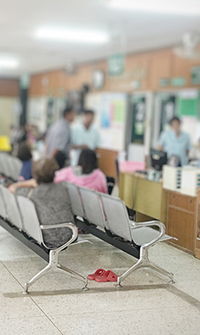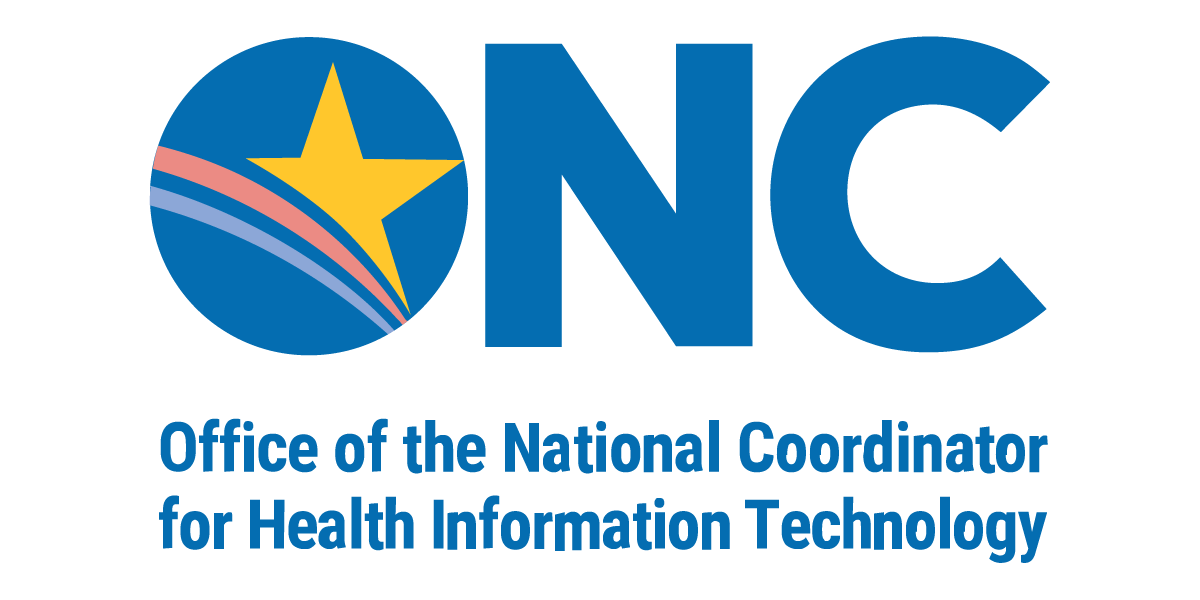 Almost one fifth of the US population lives in a rural area. Critical Access Hospitals (CAHs) and other small, rural hospitals provide vital services in rural areas and often serve as the foundations of rural health care delivery systems. Residents of rural areas face barriers to accessing health care services that include traveling long distances to seek care. Since rural hospitals are often the sole local source for patient care in rural communities, they are more likely to offer additional services that otherwise would not be accessible to residents. To improve care for patients residing in rural areas, rural hospitals are expected to:
Almost one fifth of the US population lives in a rural area. Critical Access Hospitals (CAHs) and other small, rural hospitals provide vital services in rural areas and often serve as the foundations of rural health care delivery systems. Residents of rural areas face barriers to accessing health care services that include traveling long distances to seek care. Since rural hospitals are often the sole local source for patient care in rural communities, they are more likely to offer additional services that otherwise would not be accessible to residents. To improve care for patients residing in rural areas, rural hospitals are expected to:
- Improve access to services, including urgent care services, and meet unmet community health needs in isolated rural communities
- Engage rural communities in rural health care system development
- Develop collaborative delivery stems in rural communities as the hubs of rural health care
- Create transitions of care coordination with urban health care system alignment
- Be the subject matter experts and coordinators for the health care environment of providers, patients and staff
What is a Critical Access Hospital?
![]() The Medicare Rural Hospital Flexibility Program (Flex Program), created by Congress in 1997, allows small hospitals to be licensed as CAHs and offers grants to States to help implement initiatives to strengthen the rural health care infrastructure.
The Medicare Rural Hospital Flexibility Program (Flex Program), created by Congress in 1997, allows small hospitals to be licensed as CAHs and offers grants to States to help implement initiatives to strengthen the rural health care infrastructure.
CAHs must be located in a rural area and be more than 35 miles from another hospital (15 miles by secondary roads or in mountain terrain) or have been certified before January 1, 2006 by the State as being a necessary provider of health care services. Additionally, to be considered a CAH, the hospital must have an emergency room that operates 24 hours a day and 7 days a week using either on-site or on-call staff. A CAH is normally limited to 25 inpatient beds used for either inpatient or swing bed services. CAHs are also subject to a 96-hour (4-day) limit on the average length of stay.



